Deep dive into your dishes
Behind the scenes of BVH’s lunch preparation
Bonita Vista High (BVH) cafeteria staff prepare fruits and water bottles minutes before lunch starts.
December 8, 2021
A student goes through their day, class by class, getting hungrier and hungrier. Their last meal could be hours ago and their stomach starts to rumble. Right when the bell rings, the students rush out of their classrooms, running to get in the lunch line. At Bonita Vista High (BVH), students who go to the cafeteria can eat the food of their choice and generate their opinions on the food, but does the student body really know where it comes from?
According to a poll by the Crusader, over 80 percent of the students at BVH have no idea as to where the cafeteria food comes from, and 60 percent of said students are curious to know. These students can look no further than the very stoves and ovens in the cafeteria to find where the food is made.
“We cook anything that we need to heat. It can be hamburgers, chicken, or breakfast items; anything that needs to be heated in the oven,” BVH Nutrition Supervisor Edwin Hernandez said. “For the stove, we use it for spaghetti and [foods] like that.”
Hernandez is one of the six employees who work at the BVH cafeteria. The other employees have separate roles and responsibilities. Hernandez is in charge of supervising and managing them while also helping serve food when he can.
“The ladies are not in charge of cooking. They’re only in charge of serving food and helping, [Hernandez and I] put everything together,” BVH cafeteria’s assistant manager Martha Garcia said. “I’m in charge of cooking all the meals in the kitchen, [the other employees] help me put everything together, and then we serve [the food].”
The cafeteria food’s origins can go even further back, as some meals are pre-cooked before arriving on campus. Once brought to campus, however, the food is reheated once it needs to be served.
“We could set [cafeteria food] up to a day before in the walk-in [freezer] and refrigerator, and then heat it [back up] the next day,” Hernandez said.
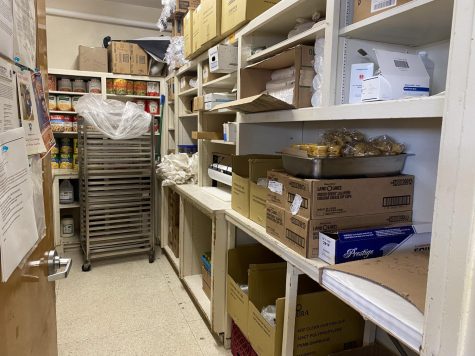
However, not all food is pre-cooked; some food is made on campus. Garcia is one of the main people who makes the more advanced dishes. She is also in charge of preparing food for students on a daily basis while also dealing with the challenge of creating hundreds of meals every day.
“A lot of the foods that we have [are] pre-cooked, but also very time consuming to prepare. [For example,] the spicy chicken [sandwich]—that’s an item that we put in the oven, put together, and cook. Teriyaki chicken and spaghetti are those types of foods that take a long time to cook. Even the sauce I serve with garlic bread takes me a long time to prepare,” Garcia said.
Even when the food is made on BVH campus, they still have multiple places of origin, most being local and in California. There are many smaller distributors that BVH gets its items from, such as All-American Plastic which provides the trays and utensils students used. Hollandia also provides dairy products for BVH. The multiple distributors have provided the essentials for BVH.
“[Schools have] the ability to order [food and items] directly [from several] distributors. Now, [the district can] bring in some items because some sites are not large enough to handle the volume [needed] for a month’s worth of food,” Director of Nutrition Services Eric Span said. Some of those items, we bring into [a] warehouse [and] then have a team of drivers and a warehouse supervisor [to] deliver those items to school sites.”
The direction the food goes through however has changed from what it was before the pandemic. During the pandemic, students were forced to stay at home and health regulations had changed to fit the new lifestyle. Because of this new lifestyle, the cafeteria food workers had to change how they made the food.
“Our model changed from primarily [taking] our own ingredients, like raw pork [and] eggs, cooking those up, and [making] two or three products out of it. [First,] COVID-19 impacted our access to that food because those manufacturers that were producing that food didn’t have the workers to produce the food. And secondly, we didn’t really have adequate staff to do a lot of scratch cooking, so we moved into more pre-cooked foods,” Span said.
Along with the shift in food preparation, the staff had also changed due to the pandemic. During the pandemic in 2020, people had to work with a decrease in the amount of staff, but simultaneously an increase in food supply needed to be served to the community.
“We had about 250 employees, [now it’s] about 230 employees. We used to have 80-90 substitutes that we could call on if one person was out. Now that we don’t have that robust sub-pool, there isn’t anyone to come in and fill [in for the employee],” Span said. [Schools with low free-reduced lunch qualifiers] are outstripping the growth of consumption of meals than our higher free-reduced schools are. That’s why we’re working very hard to get more employees [to] help supplement the current staff.”
From the warehouse and distributors to the school’s ovens and stoves, the food is then brought to students to eat. However, the effort that is put behind the food cannot be understated as each and every employee within BVH’s cafeteria has put forward a high level of work into the food that can help curb the hunger of its students.
“The effort of the staff to work through COVID-19 is a testament of our staff and our [employees’ dedication] because they want to make sure that kids get fed. We know that kids need meals, so our staff [has] been working really hard since the beginning of COVID-19. The Nutrition Services staff worked during that period where other groups on campuses were working from home. [While] students were at home, our staff was out providing meals to the community and they still are providing meals to our students,” Span said. “What’s really kept us afloat is our dedicated awesome staff.”

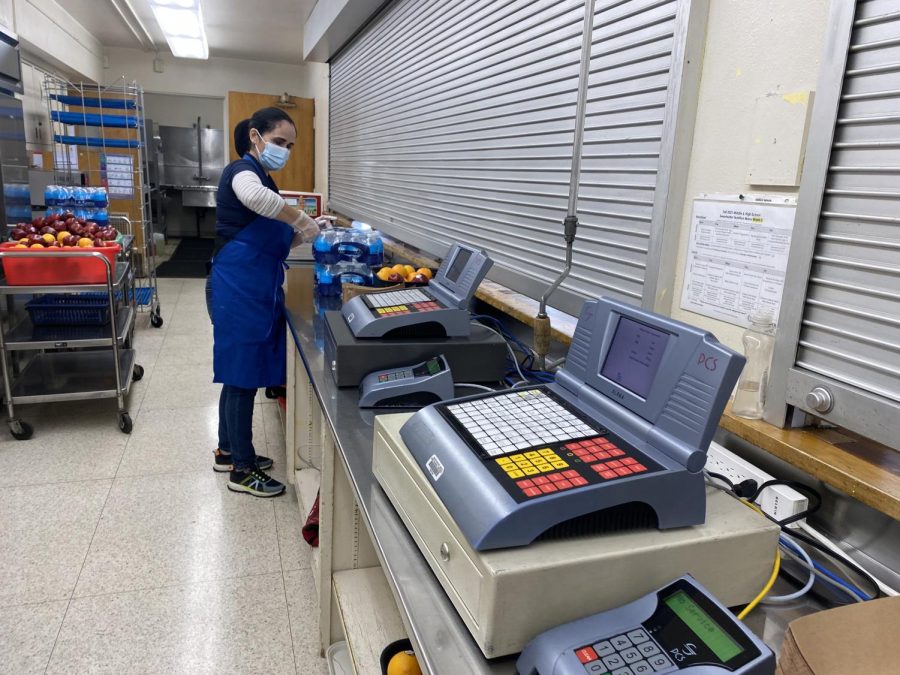
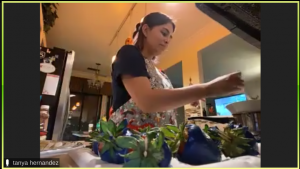
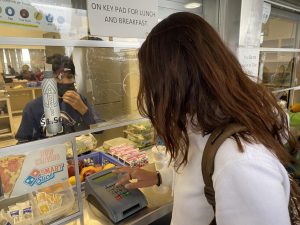

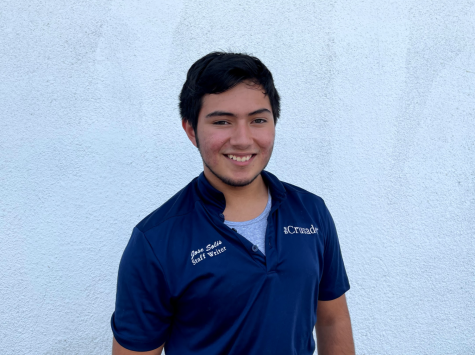

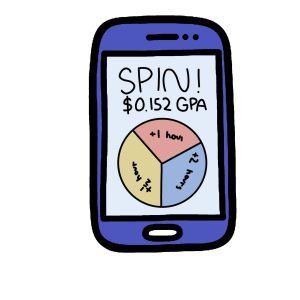


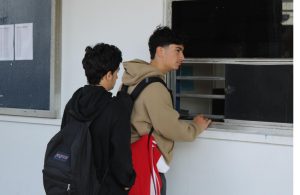

Eric Helle • Dec 16, 2021 at 9:52 am
Mr. Solis,
I’m so happy The Crusader and you decided to report on the inner-workings of the school’s cafeteria. I didn’t know that much of our food is pre-prepared and then sent to us from a big warehouse and that the cafeteria workers are facing the same shortages felt in other school departments (I was also surprised to learn that their is a sub-pool similar to the one teachers use).
After reading your informative resport, I was left with a few questions: How much money is spent on food? How much money is budgeted to pay cafeteria staff salaries (and what are the qualifications needed to work in a school’s kitchen)? I would have liked to learn how Martha Garcia feels about her job and what is the meal she prepares in which she takes the greatest pride.
Again, thank you for bringing me inside our food services and I hope your publication brings us inside other departments operating within your school grounds.